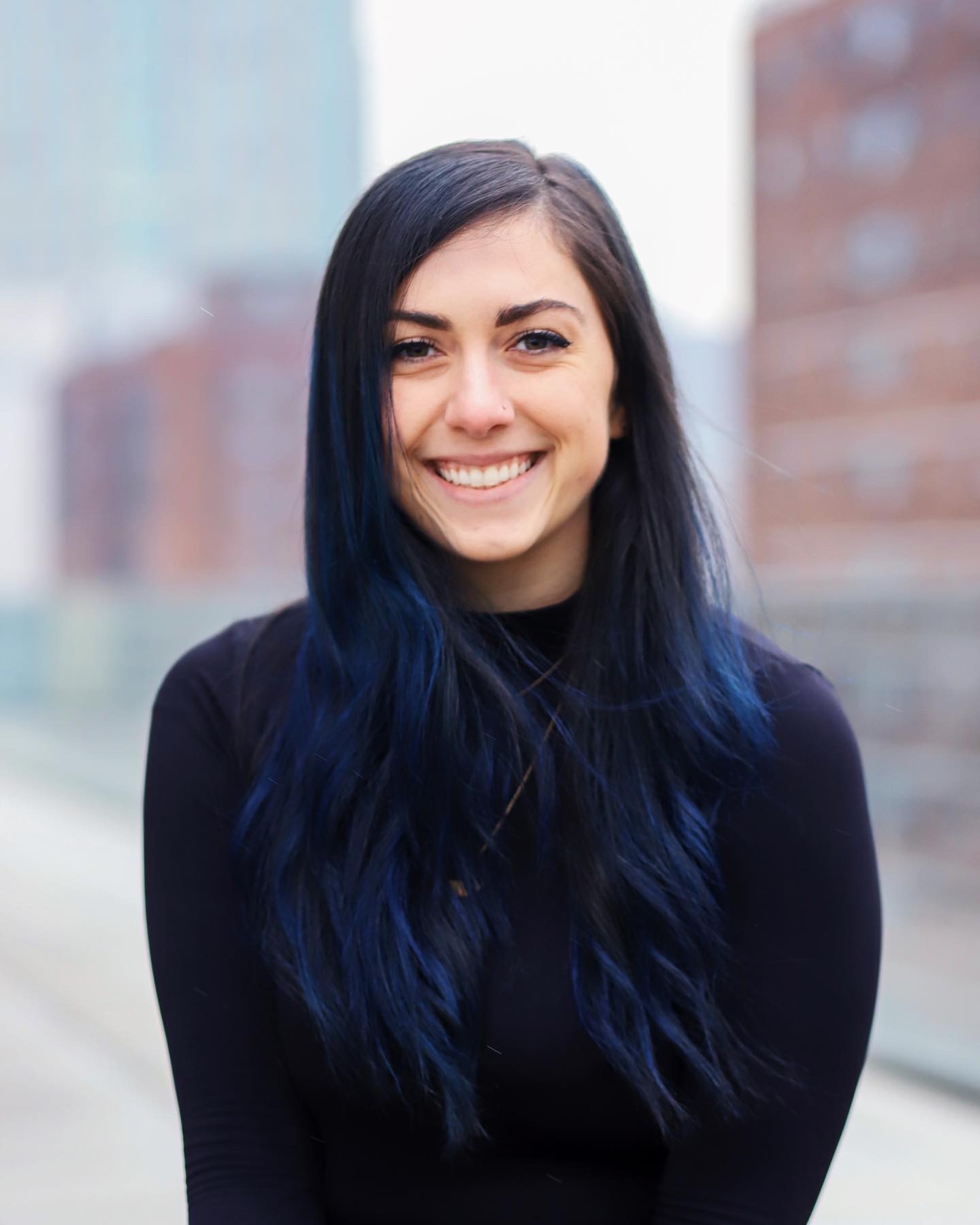Is BeautyTok a Good Thing?
Dissecting the absolutely bonkers behemoth that is the world of beauty on TikTok.
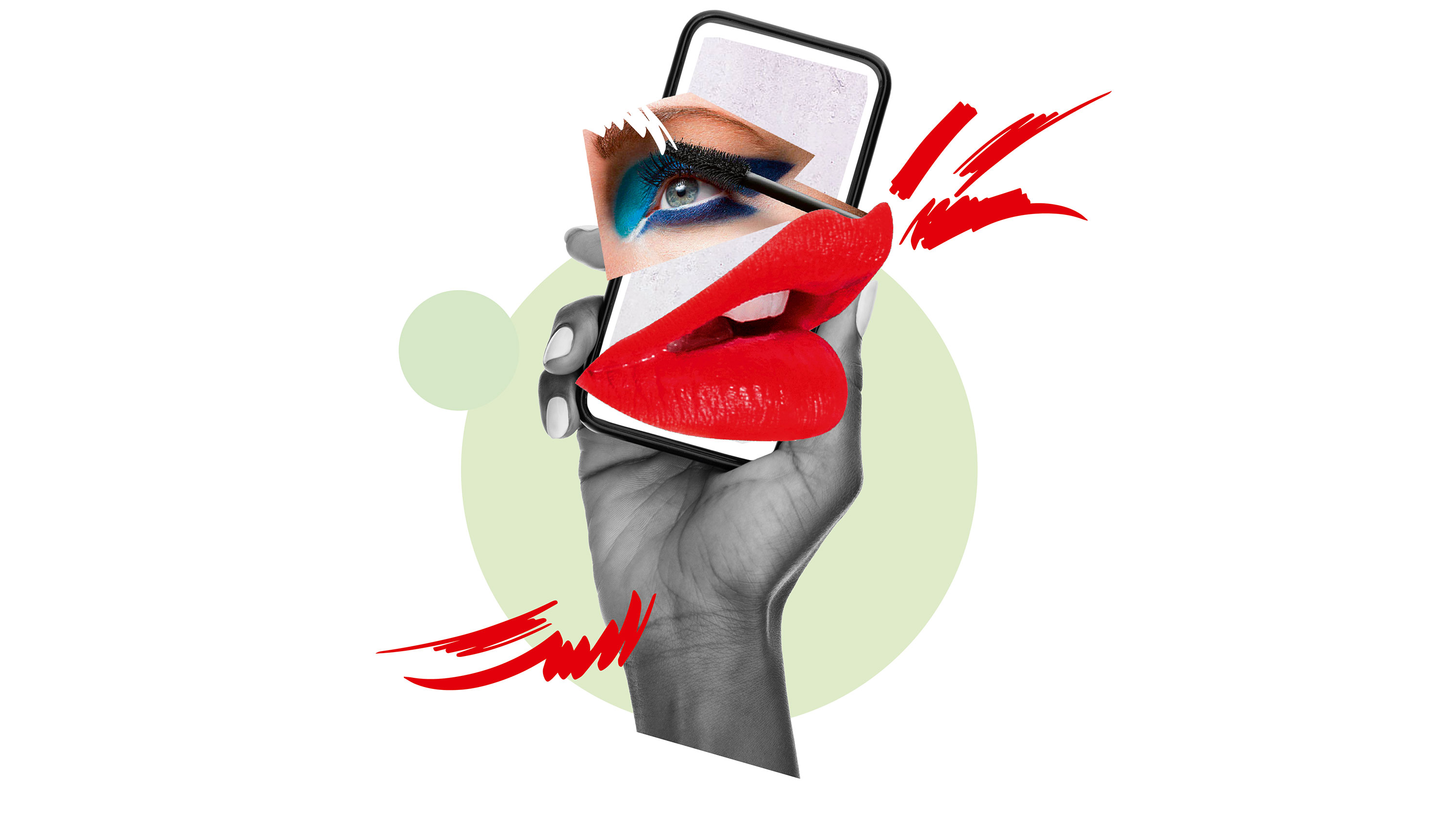
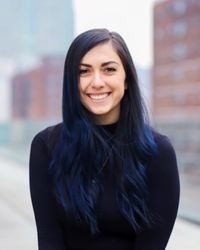
The world of Beauty Tok is vast. Beyond a world. A galaxy. There’s makeup, there’s skin and nails, there’s tattoos and body jewels and teeth whitening. And don’t even get me started on all the ways you can curl your hair with anything but a curling iron. It is a wild Internet animal, unconstrained by house rules, bureaucracy, and social barriers.
That's part of why TikTok is great. As far as social media platforms go, TikTok is democratic. You don’t have to be someone to become someone. There are an infinite amount of niche communities—#makeupanalysis, #brows, #hairhacks—and because of the hyper-specificity, you don’t have to do much, don’t have to have much, don’t have to say much to go viral overnight. You just have to hit it, whatever it is. There are theories about what works: stuff that’s undone and relatable, stuff that’s aesthetically pleasing, stuff that is useful or inspirational or, well, just different.
When it comes to product reviews, tips, and hacks, turning to peers for advice is not a new phenomenon. Humans look to see what the people around us are doing, what the people we admire are doing. And, sure, there’s plenty of beauty content on YouTube and Instagram, but the rate at which TikTok’s bite-sized videos infiltrate its micro-communities and go viral within them is just much, much faster than the platforms that have come before.
Since its international launch in 2017, TikTok has exploded. Business of Apps cites TikTok as the most downloaded app in both 2020 and 2021, and estimates that by the end of 2022, TikTok will have amassed 1.5 billion users. Those users are young—63 percent haven’t yet celebrated their 30th birthday. The perfect age to establish what could be lifelong beauty routines.
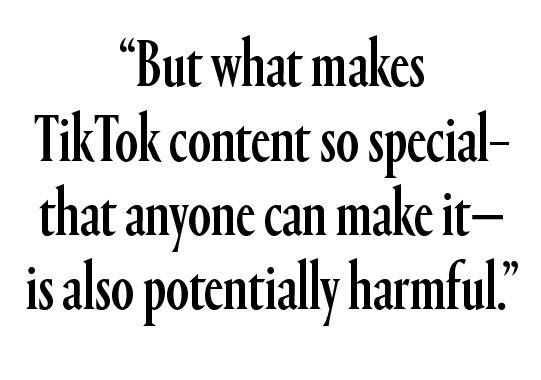
Beauty Tok has gotten so big so fast that the most popular creators and trends are becoming mainstream. Some influencers have even launched their own companies, like @addisonre’s ITEM Beauty line and @hyram’s skincare line, Selfless by Hyram.
Most of what we see on Beauty Tok is by non-professionals—the social media equivalent of the most popular kid in your class doling out excellent tips and tricks. For the most part, this kind of advice is harmless. What’s a friend—even one you’ve never met before—good for if not to find you the perfect designer makeup dupe or save you money by telling you which face wash to avoid because it’ll make you break out? TikTok might reach a more disparate and bigger subset of peers, but peer-to-peer influence has always been where and how trends grow and thrive.
But what makes TikTok content so special—that anyone can make it—is also potentially harmful. Suggested beauty hacks range from using lipstick as a blush (innocuous) to slathering your face in a homemade chemical peel (dangerous). In a space devoid of external bodies that support creators’ claims with science and safety measures, there’s a fine line between helpful hack and misinformation. Some viral TikTok trends have been genuinely unsafe: using Gorilla Glue to set hair, drinking liquid chlorophyll to treat acne, and using Hyaluron pens to inject at-home lip fillers, something the FDA had to issue a warning about.
Get exclusive access to fashion and beauty trends, hot-off-the-press celebrity news, and more.
More From the Beauty Issue
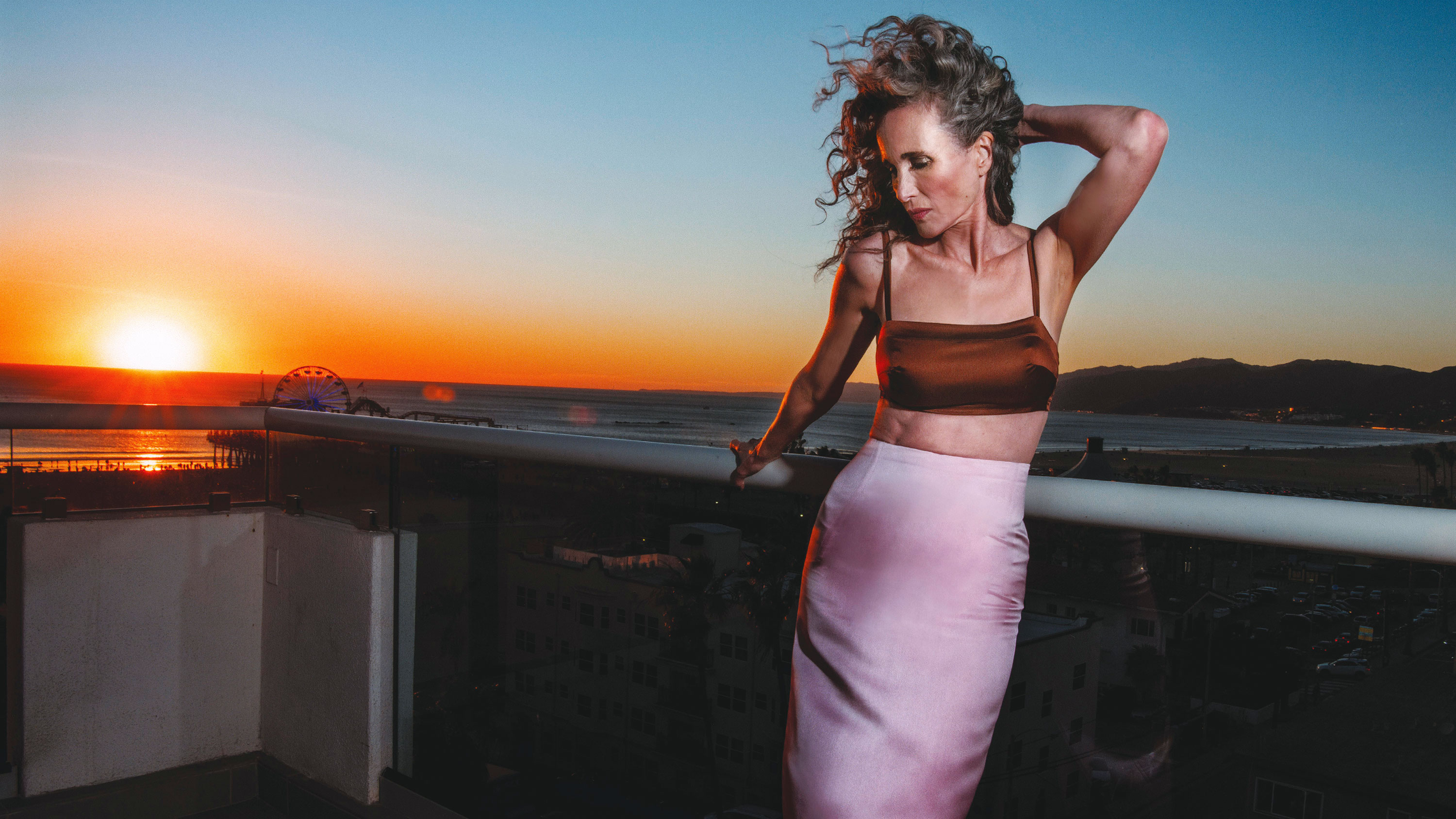
There are real experts on the platform and using these hashtags, too, dispelling inaccurate claims and advice. And their reaction videos, where they respond to a questionable viral trend, are getting pretty popular—though rarely as popular as the originals. Dermatologist @dr.mamina’s reaction to a viral sunscreen contouring post (in which a user applies different levels of SPF to different parts of their face to create a “contoured” tan effect), for example, has 125.9k views. The original post has 1.9 million.
“Social media has become a major source of medical information and what we are finding is that most of the top trending topics on these platforms are unfortunately not coming from the medical professionals who have the expertise to guide the conversation,” says Mona Sadeghpour, M.D., a board-certified dermatologist and co-founder of SkinMed Institute in Lone Tree, CO. “Our flash-second-screen culture is trading entertainment for expertise, and when it comes to cosmetic or surgical procedures, that can have dangerous safety risks for consumers.”
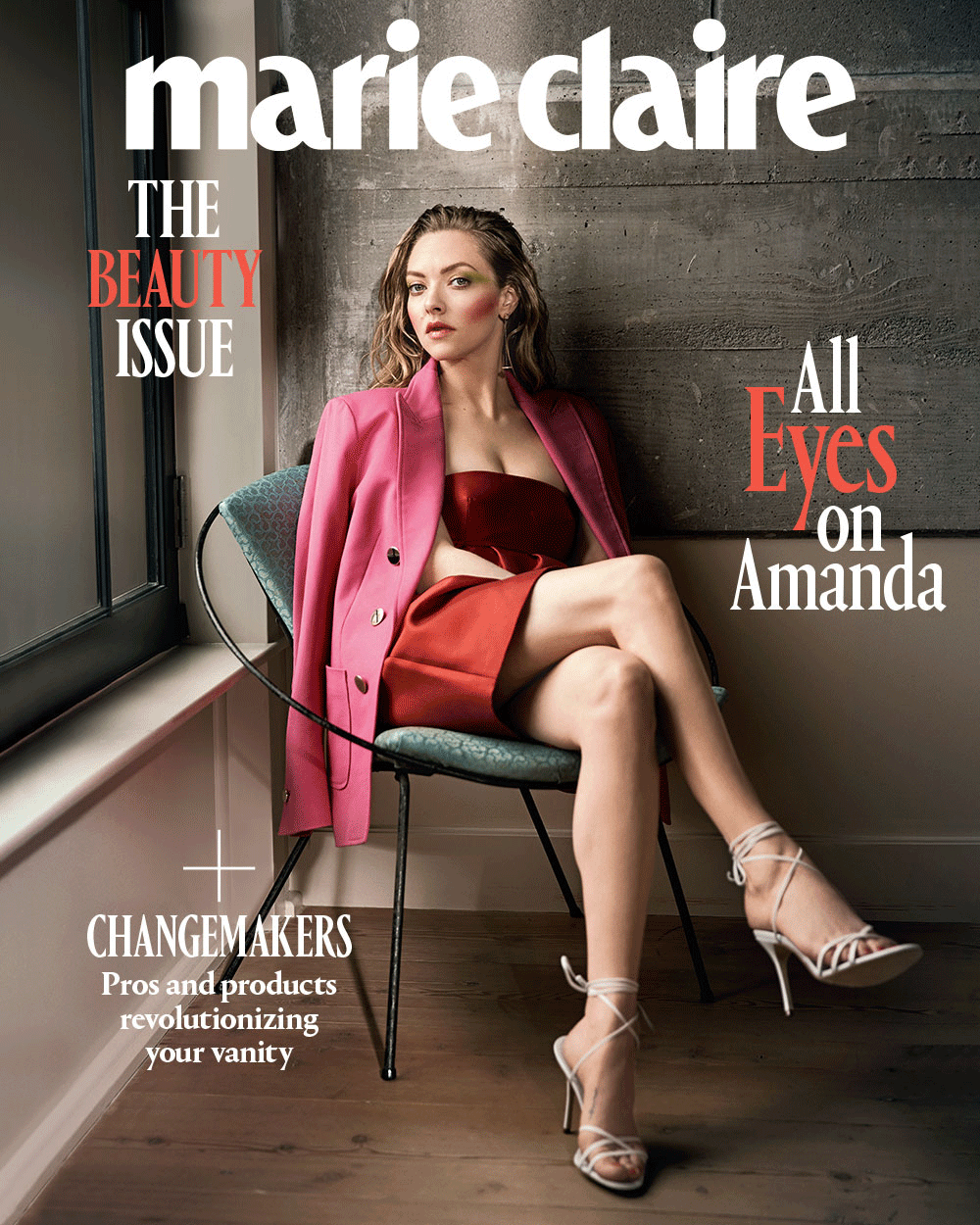
Click above to read the full issue.
TikTok is not a perfect system—much of its power comes from its algorithm, which can both suppress and exacerbate inequalities—but its recently launched Creator Portal provides a kind of hope for diverse creators that other systems have not. This is important: The variety of creators and the spectrum of people and styles we see complicate any single idea of a beauty standard. Instead of one type of perfection, there is a hope for something more inclusive and wide-reaching.
When it comes down to it, the real beauty of Beauty Tok lies in experiential expertise: I am like you. I use this product. I know how to review it properly because I have used other products like it before and will use other products like it again. For the most part, the blush tips are as harmless as the lipstick is, the hair-curling hacks no riskier than the flatiron is on its own. Beauty Tok is not a replacement for dermatologists, not a replacement for makeup artists, but a complement to them.
There is inspirational beauty, like what we see on red carpets and television. But there’s also the stuff of the everyday. There are the school hallways, the group chats, the sister in the bathroom. Maybe once it was your mom telling you to put a dab of toothpaste on a pimple, and now it’s a TikToker using tape to make the perfect winged eyeliner. Maybe the platform is new, maybe the products are new, but there will always be a familiar comfort in getting great advice from the people around us who, quite simply, feel like us.
This story appears in the May 2022 issue of Marie Claire.
Christine Flammia is a writer based in New York City. She writes about style, health, and more. She is the former associate style editor of Esquire and is currently pursuing a PhD in communications at Columbia University.
